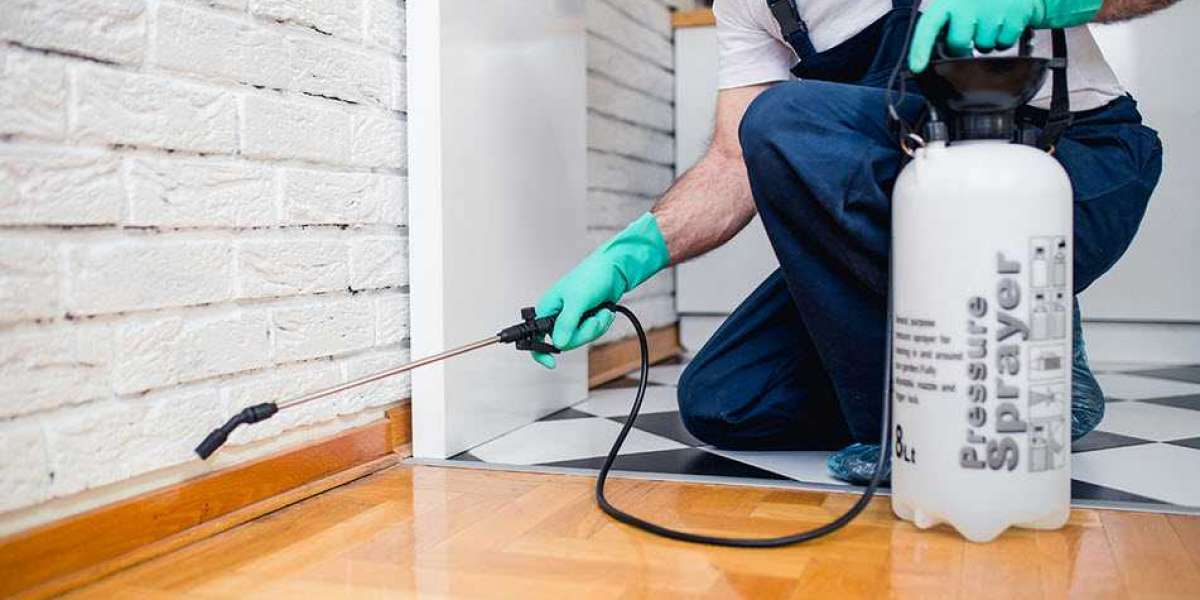Except for pliers, clamps are also necessary hand tools. Clamps are versatile tools that serve to temporarily hold work securely in place. They are used for many applications including carpentry, woodworking, furniture making, welding, construction and metal working.
Clamp styles include C-clamps, bar clamps, pipe clamps, deep-throat bar clamp, one-handed bar clamps, spring clamp, ratchet-action band clamp, mitre clamp, and hand screws. Bar clamps have adjustable arms that are easily widened or narrowed to fit the workpiece and, therefore, requires fewer turns of the screw spindle, compared to a C-clamp, to hold the piece tightly.
What are some general safety tips to know when using clamps?
1. Wear safety glasses or goggles, or a face shield (with safety glasses or goggles).
2. Select the proper clamp style and size by matching the work-holding requirements of the job with the clamp features of strength and weight (e.g., consider rail size and nominal clamping pressure), opening (length of reach), throat depth (depth of reach), ease of adjustment and clamping surfaces (material used and size)
3. Ensure that the swivel at the end of the screw turns freely before using.
4. Dispose of clamps with bent frames; replace bent spindles, if possible.
5. Ensure that the pressure plate and anvil parts of the clamp are in full contact with the workpiece before tightening.
6. Close the jaws until the clamp feels tight. For example, when gluing, some glue will be squeezed out, a sign that it is tight enough.
7. Use pads with C-clamps to avoid marking the work.
There are some other holding tools and mechanics tools like wrench, ratchet handle, fastening tools including screwdriver and hex key, etc. may used.


